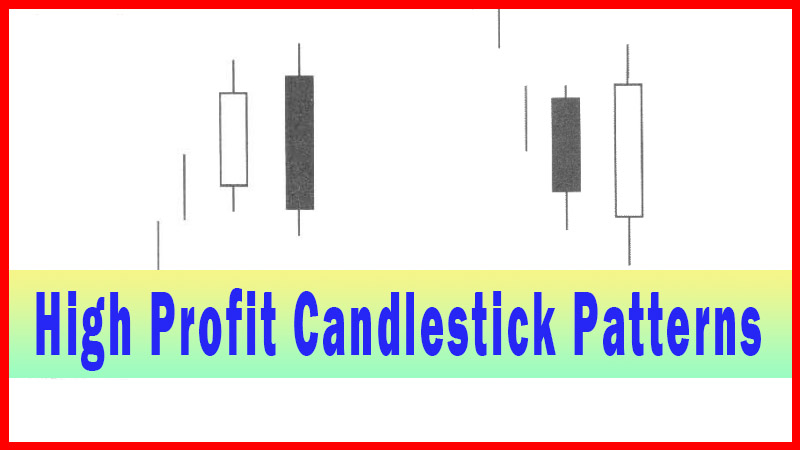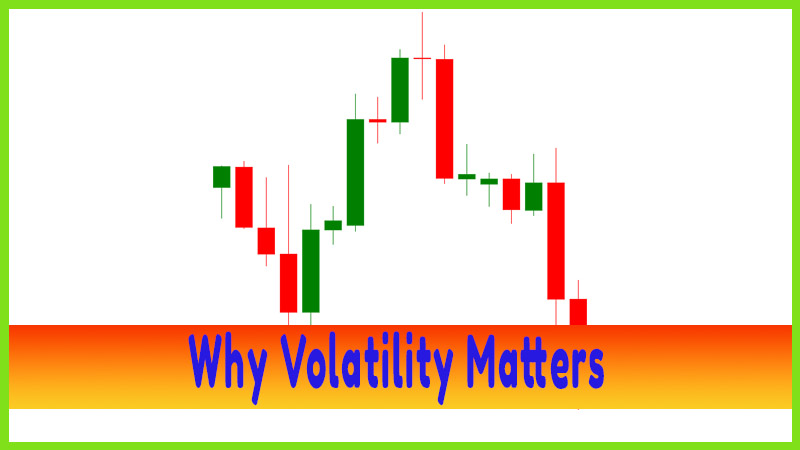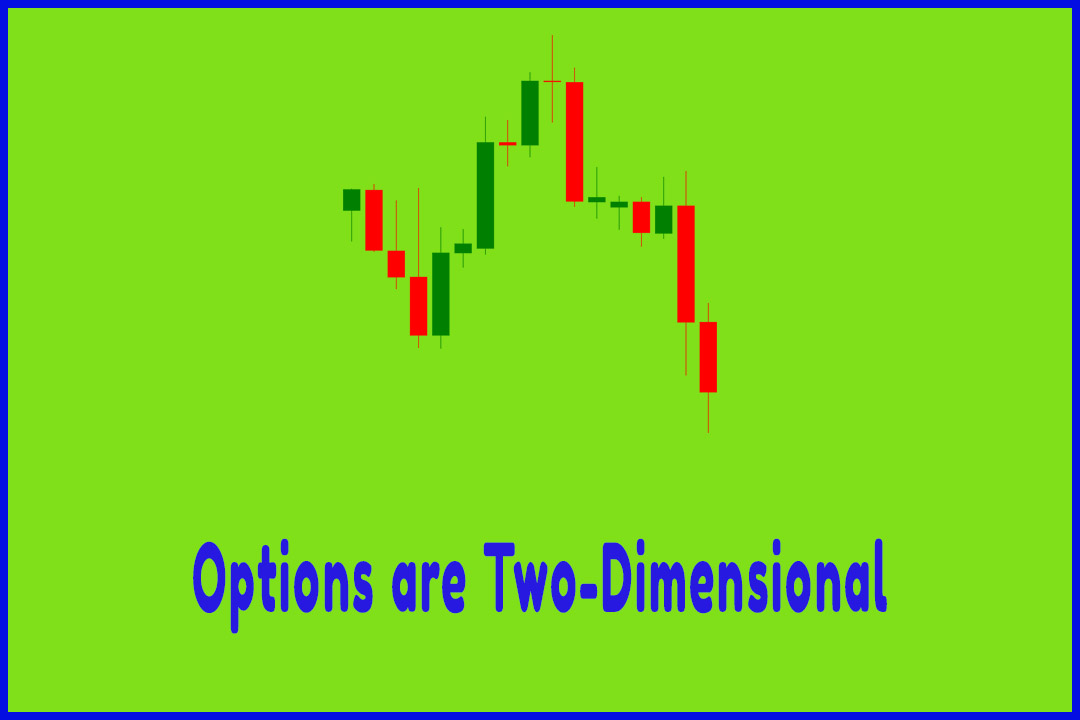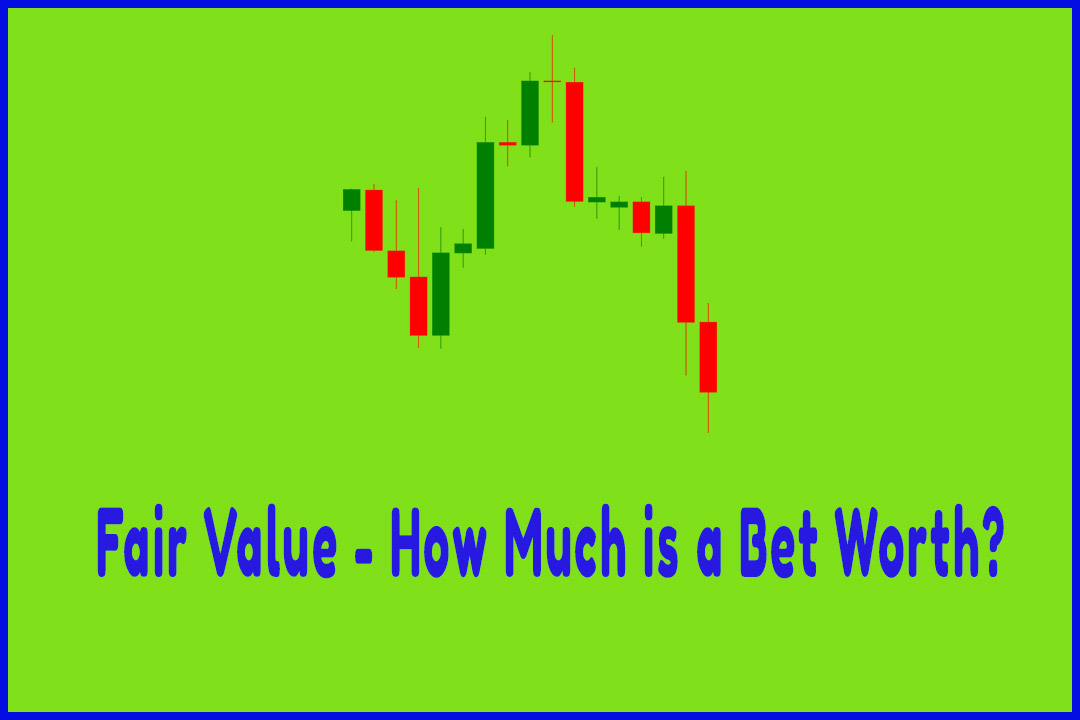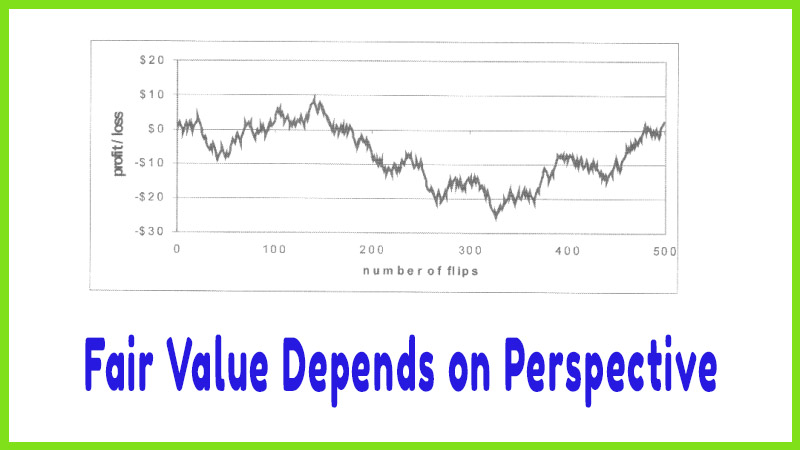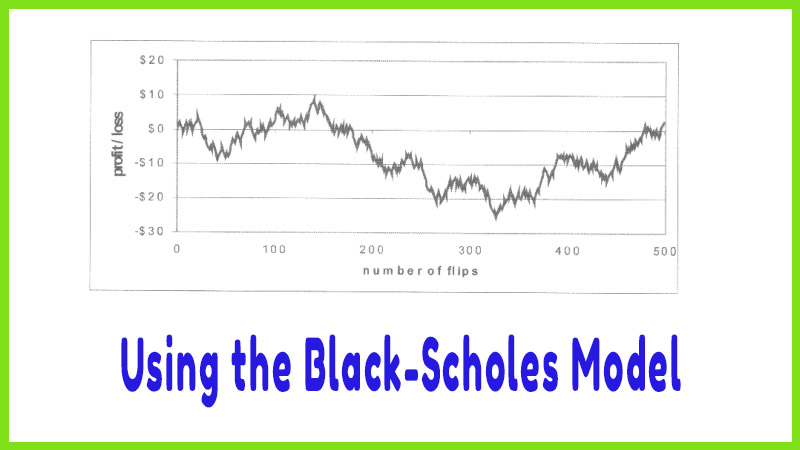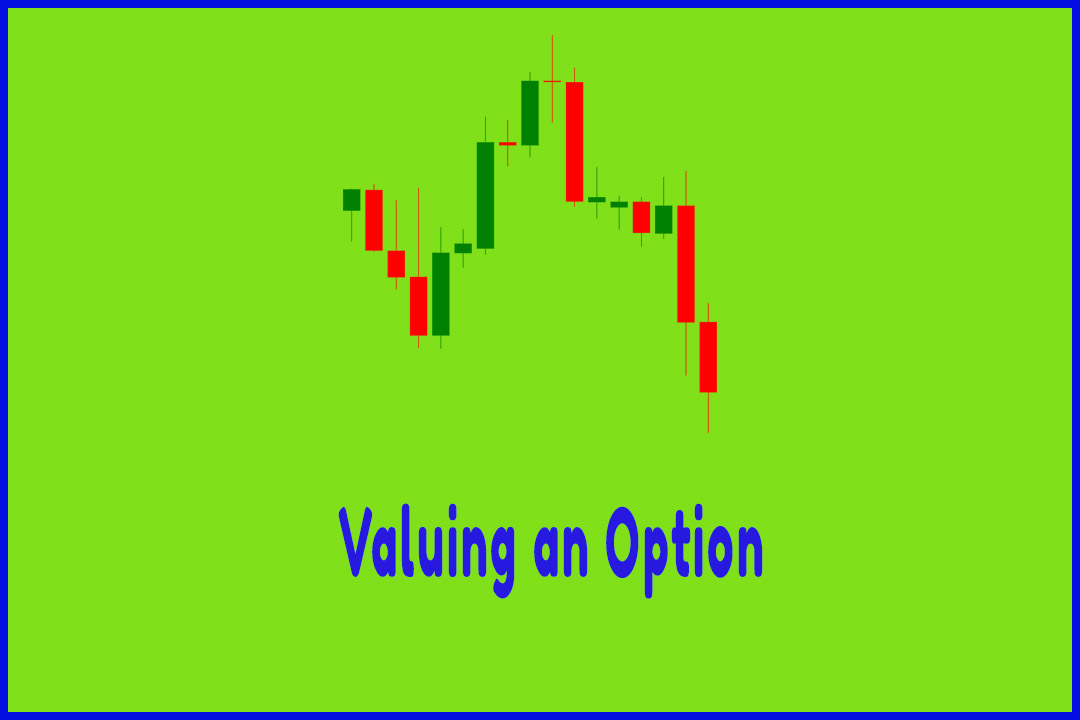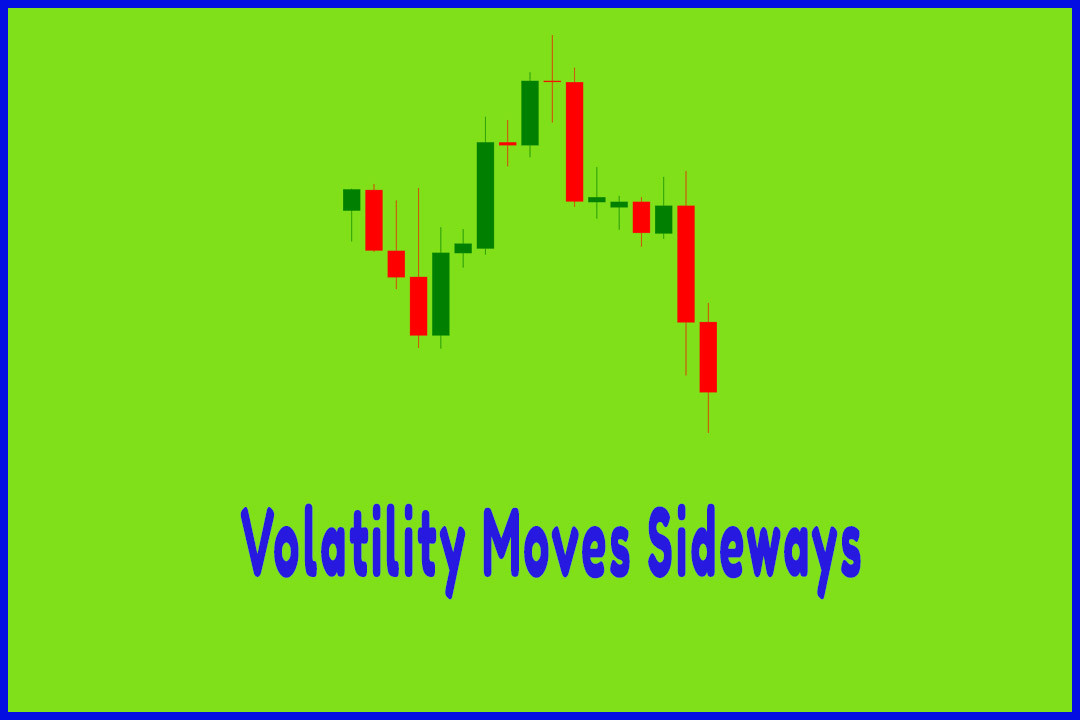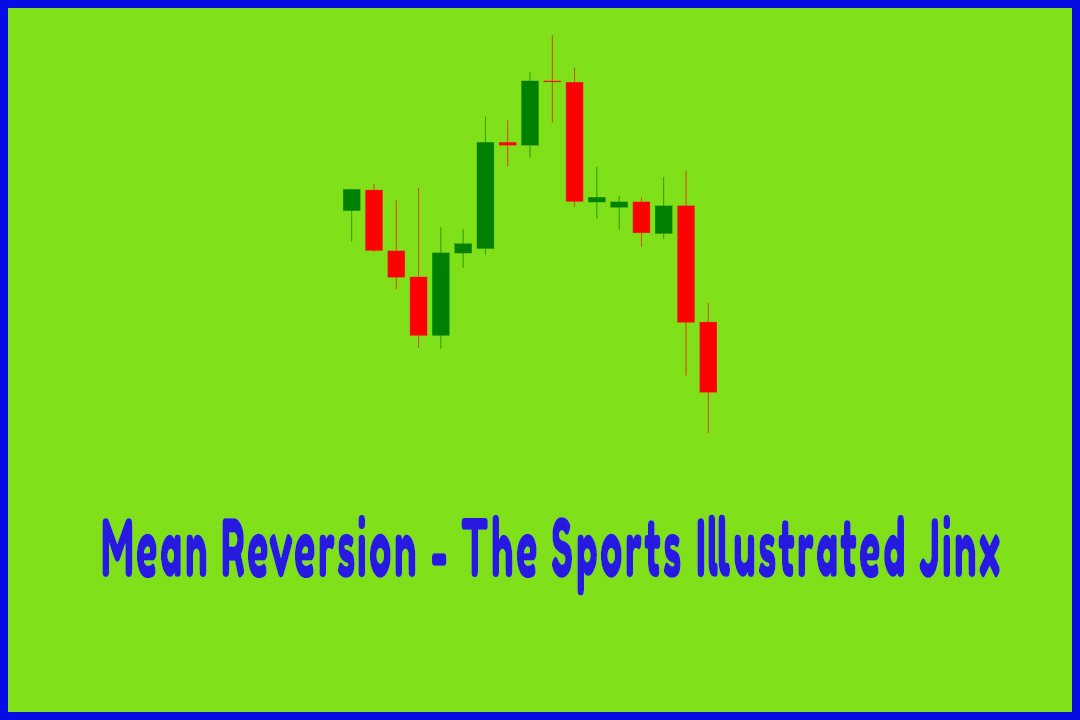Fair Value Formula for Option Trading
option trading guidelines, option trading requirements, option trading good for beginners, best option stocks for beginners
Course: [ How To make High Profit In Candlestick Patterns : Chapter 6. Option Trading with Candlestick Signals ]
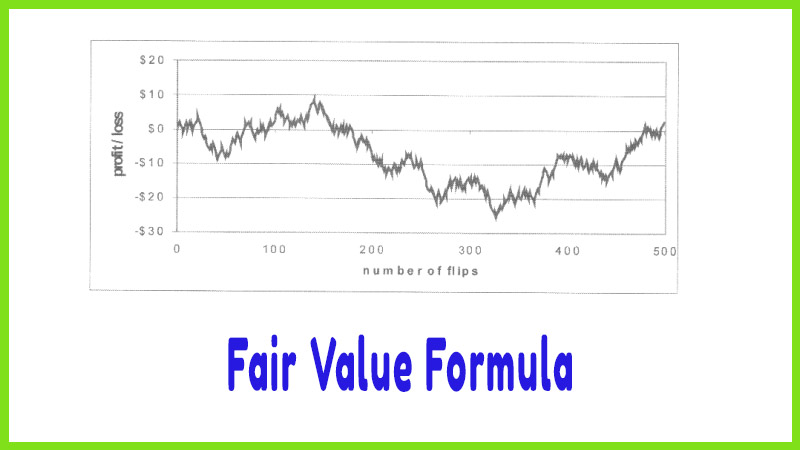
This top line of this calculation is saying there is a 50% chance of winning $1.00, which means that has a value to you of 0.50 * +$1.00 = 50 cents.
We can
find the same answer mathematically by multiplying the probability of winning
by the reward and adding that to the probability of losing multiplied by the
amount wagered. In this example:
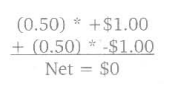
This top
line of this calculation is saying there is a 50% chance of winning $1.00,
which means that has a value to you of 0.50 * +$1.00 = 50 cents. But the second
line shows you also have a 50% chance of losing $1.00, which has a value of
0.50 * -$1.00, which equals -50 cents. The positive and negative 50 cents
cancel out and you’re expected to walk away with nothing after many flips. We
can even run a computer simulation to see if we are right. Figure 3 shows a
computer model with the total profit or loss on the vertical axis and the
number of tosses on the horizontal axis:
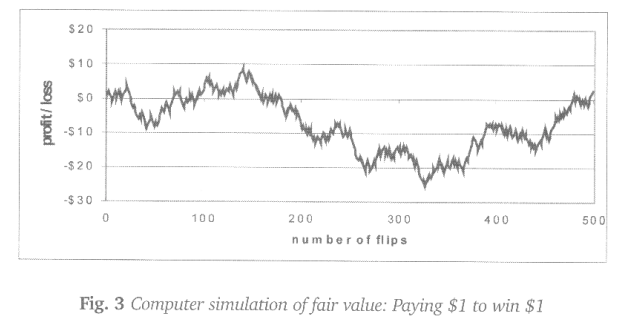
The $0
mark on the vertical axis represents the break even point since that is the
point where zero profits or losses are incurred. You can see that after 500
tosses, you are about back at break even. However, prior to that, you can certainly
end up winning or losing due to chance. But in the long run, you would just
expect to just break even. The $0 horizontal line acts like a magnet for a
fairly valued bet. The profit and loss line does not get too far above or below
break even without being pulled back toward zero. Although tire profit or loss
line can stray from zero, it cannot move away from it indefinitely. The profit
and loss line just tends to oscillate sideways around zero if the bet is fairly
priced.
Lets use
the fair value formula to see what it says about paying $1.50 for the $1
reward:

The
formula shows that we are expected to lose 25 cents per flip, which is exactly
what we reasoned earlier. Paying $1.50 for this bet is therefore too high of a
price. Figure 4 (following page) shows that a computer simulation agrees with
the formula:
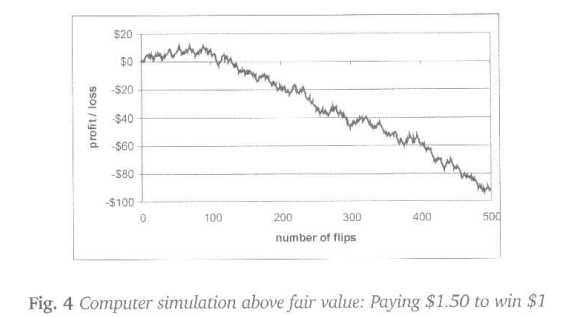
After 500
flips, we are down roughly $90. Mathematically, we would expect to have lost 25
cents per flip multiplied by 500 flips for a total of $125. Of course, there
will be fluctuations around that $125 figure and the chart shows that we are
not too far off.
Notice
that even though we are paying $ 1.50 for this bet (above fair value) that it
is still possible for us to end up on the winning side in the short run. Figure
4 shows that we ended up on the winning side even after 100 flips. But after
hundreds more, the profit and loss line does not tend to get pulled toward
zero. Instead, it moves into a definite downward path and never returns.
Let’s see
what the formula has to say about wagering 50 cents for the $1 reward:

As we
found before, wagering only 50 cents to win $1.00 at the flip of a coin is a
good deal as you would expect to win about 25 cents per flip. Figure 5 shows a
computer simulation of this arrangement:
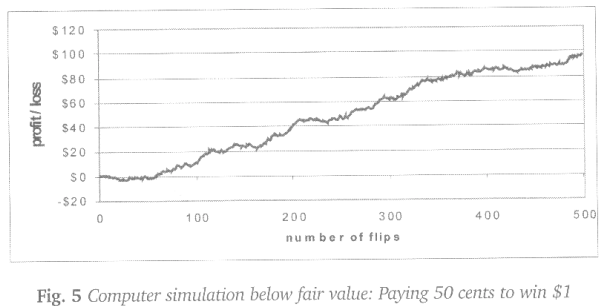
Notice
that the profit and loss line is not pulled toward zero in the long run.
Instead, it heads into unlimited gains. Mathematically, we would have expected
to be up 25 cents * 500 flips = $125 and Figure 5 shows that we’re up about $100
so, once again, the computer simulation is not too far from what we’d expect.
Figure 5
shows we actually lost money after about 50 flips even though tire odds were on
our side. So even though we could certainly lose in the short run, we will end
up on the winning side after hundreds of flips, which is confirmed in Figure
5.
Only when
the price of the bet is $1.00 can we say that it is “fair” for both parties. As
a reminder, just because tire bet is fair does not mean that someone cannot end
up on the winning side (and the other on the losing side). The fair value just
means that, over the long run, neither side is expected to end up on the
winning or losing side.
How To make High Profit In Candlestick Patterns : Chapter 6. Option Trading with Candlestick Signals : Tag: Candlestick Pattern Trading, Option Trading : option trading guidelines, option trading requirements, option trading good for beginners, best option stocks for beginners - Fair Value Formula for Option Trading
